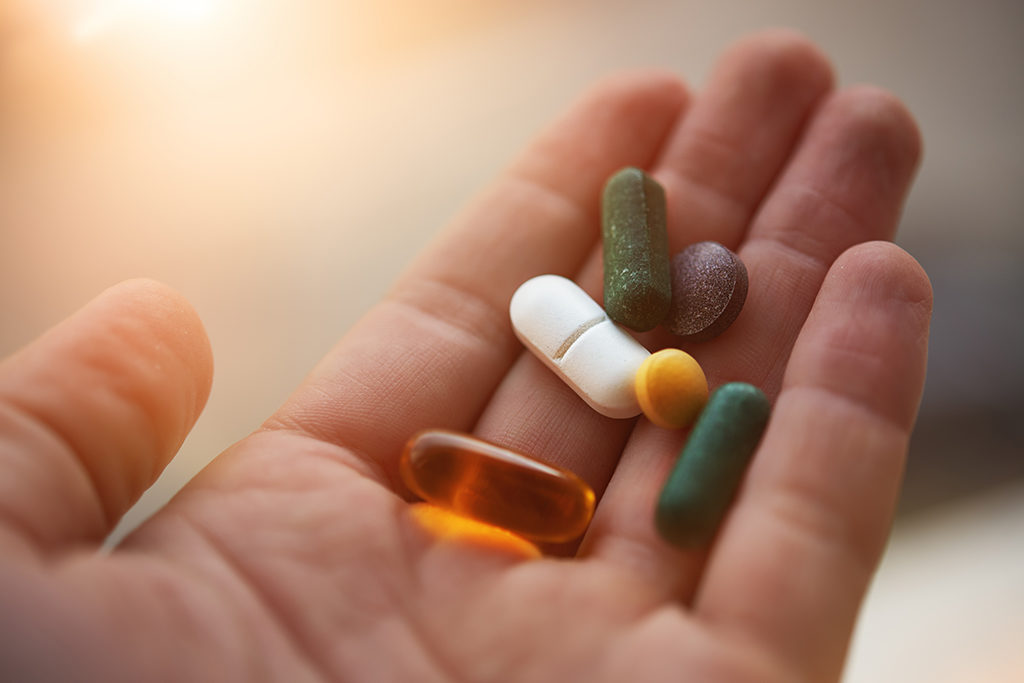How do you help prevent Anaphylaxis?
How do you help prevent anaphylaxis?
How do you help prevent anaphylaxis? Help prevent anaphylaxis by steering clear of Anaphylaxis Phyl and his “what-if” friends whenever possible.
How do I prevent anaphylaxis?
Avoiding any of the “what-if” allergens that can trigger your symptoms is the best way to help prevent anaphylaxis.

Avoiding food triggers

Avoiding environmental triggers
When you are spending time outside, keep this information in mind.

Avoiding latex triggers
Latex can be in more products than you might realize.
Grocery shopping
Restaurants
Insect bites and stings
- Avoid walking barefoot in the grass
- Limit mowing the lawn or gardening
- Avoid drinking from open soft drink cans, where stinging insects can crawl inside
- Keep food covered when eating outdoors
- Avoid perfumes, hairsprays, and deodorants that have a sweet fragrance
- Avoid wearing bright colors with flowery patterns
Latex
- Latex gloves
- Balloons
- Adhesive bandages
- Therapy/resistance bands
- Pacifiers and baby bottle nipples
- Rubber bands, elastics, and orthodontic elastics
- Blood pressure cuffs
- Dishwashing gloves
- Erasers
- Spandex
- Latex mattresses
- Barrier contraceptive devices

Avoiding medication triggers
Anyone can have an allergic reaction to a drug.

Avoiding travel-related triggers
When you are traveling, remember these tips.
Medicines
- Make sure all your healthcare providers know the specific drug you took and the drug reactions you had
- Check with your healthcare providers about related drugs that you must avoid
- Check with your healthcare providers about the drugs you can take, if needed
- Wear an emergency medical alert bracelet
Commercial airline
- Notify the airline of your food allergy when you book your flight
- Keep your epinephrine auto-injector in its original packaging
- It is a good idea to have a prescription for your epinephrine auto-injector, along with a letter from your doctor stating your food allergy and indicating you need to carry your medication and your food and drink items with you
- It is also a good idea to avoid eating airline food. Check with the airline to see about packing your own food
- Consider getting a “medical alert” bracelet

Avoiding food triggers
Grocery shopping
Restaurants

Avoiding environmental triggers
When you are spending time outside, keep this information in mind.
Insect bites and stings
- Avoid walking barefoot in the grass
- Limit mowing the lawn or gardening
- Avoid drinking from open soft drink cans, where stinging insects can crawl inside
- Keep food covered when eating outdoors
- Avoid perfumes, hairsprays, and deodorants that have a sweet fragrance
- Avoid wearing bright colors with flowery patterns

Avoiding latex triggers
Latex can be in more products than you might realize.
Latex
- Latex gloves
- Balloons
- Adhesive bandages
- Therapy/resistance bands
- Pacifiers and baby bottle nipples
- Rubber bands, elastics, and orthodontic elastics
- Blood pressure cuffs
- Dishwashing gloves
- Erasers
- Spandex
- Latex mattresses
- Barrier contraceptive devices

Avoiding medication triggers
Anyone can have an allergic reaction to a drug.
Medicines
- Make sure all your healthcare providers know the specific drug you took and the drug reactions you had
- Check with your healthcare providers about related drugs that you must avoid
- Check with your healthcare providers about the drugs you can take, if needed
- Wear an emergency medical alert bracelet

Avoiding travel-related triggers
When you are traveling, remember these tips.
Commercial airline
- Notify the airline of your food allergy when you book your flight
- Keep your epinephrine auto-injector in its original packaging
- It is a good idea to have a prescription for your epinephrine auto-injector, along with a letter from your doctor stating your food allergy and indicating you need to carry your medication and your food and drink items with you
- It is also a good idea to avoid eating airline food. Check with the airline to see about packing your own food
- Consider getting a “medical alert” bracelet
IMPORTANT SAFETY INFORMATION
Epinephrine injection, USP auto-injector is intended for immediate administration as emergency supportive
therapy and is not intended as a substitute for immediate medical care. In conjunction with the administration of
epinephrine, the patient should seek immediate medical or hospital care. More than two sequential doses of
epinephrine should only be administered under direct medical supervision.
Epinephrine injection, USP auto-injector should ONLY be injected into the anterolateral aspect of the thigh. Do not
inject intravenously. Do not inject into buttock. Do not inject into fingers, hands or feet. Instruct caregivers to
hold the child’s leg firmly in place and limit movement prior to and during injection to minimize the risk of injection
related injury.
Epinephrine should be administered with caution to patients who have heart disease, including patients with
cardiac arrhythmias, coronary artery or organic heart disease, or hypertension. In such patients, or in patients who
are on drugs that may sensitize the heart to arrhythmias, epinephrine may precipitate or aggravate angina pectoris
as well as produce ventricular arrhythmias. Arrhythmias, including fatal ventricular fibrillation, have been reported
in patients with underlying cardiac disease or those receiving certain drugs. Patients who receive epinephrine
while concomitantly taking cardiac glycosides, diuretics or anti-arrhythmics should be observed carefully for the
development of cardiac arrhythmias. Epinephrine should be administered with caution to patients with
hyperthyroidism, diabetes, elderly individuals, and pregnant women. Patients with Parkinson’s disease may notice
a temporary worsening of symptoms.
Rare cases of serious skin and soft tissue infections, including necrotizing fasciitis and myonecrosis caused by
Clostridia, have been reported at the injection site following epinephrine injection for anaphylaxis. Advise patients
to seek medical care if they develop signs or symptoms of infection.
IMPORTANT SAFETY INFORMATION
What is the most important information I should know about epinephrine injection, USP auto-injector?
- Epinephrine injection, USP auto-injector contains epinephrine, a medicine used to treat allergic emergencies (anaphylaxis). Anaphylaxis can be life-threatening, can happen within minutes, and can be caused by stinging and biting insects, allergy injections, foods, medicines, exercise or other unknown causes. Symptoms of anaphylaxis may include:
- trouble breathing
- wheezing
- hoarseness (changes in the way your voice sounds)
- hives (raised reddened rash that may itch)
- severe itching
- swelling of your face, lips, mouth, or tongue
- skin rash, redness, or swelling
- fast heartbeat
- weak pulse
- feeling very anxious
- confusion
- stomach pain
- losing control of urine or bowel movements (incontinence)
- diarrhea or stomach cramps
- dizziness, fainting, or “passing out” (unconsciousness).
